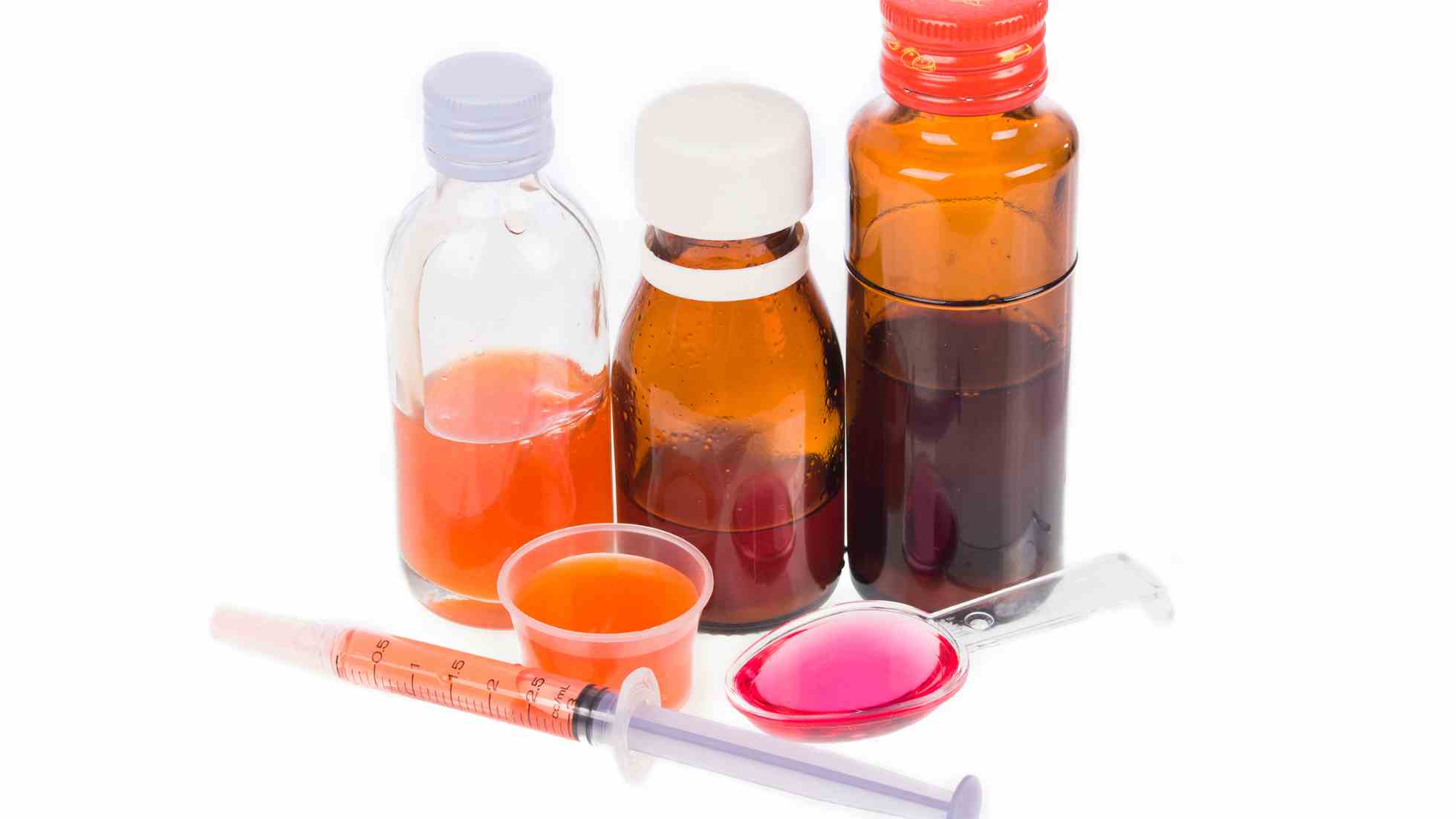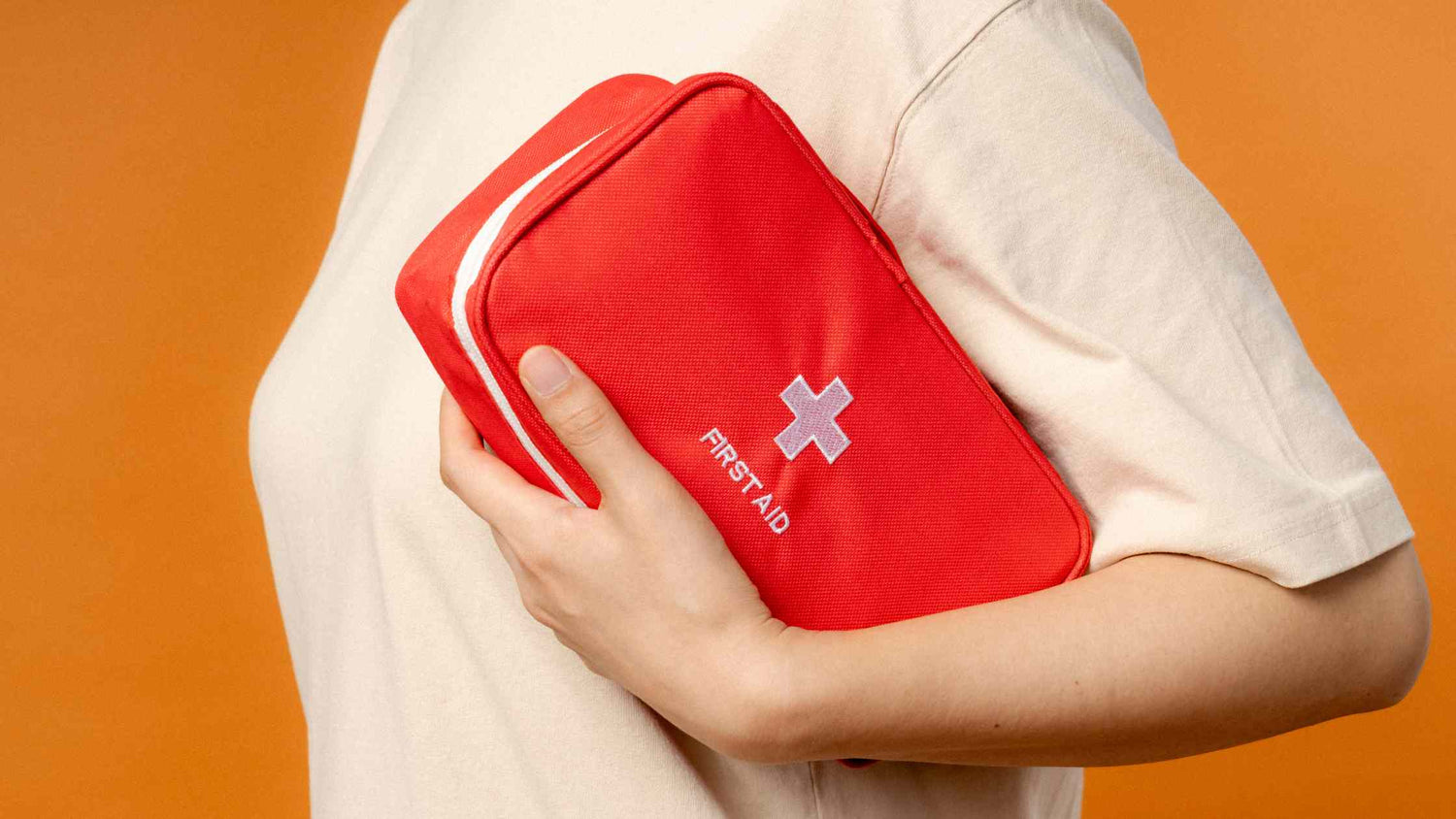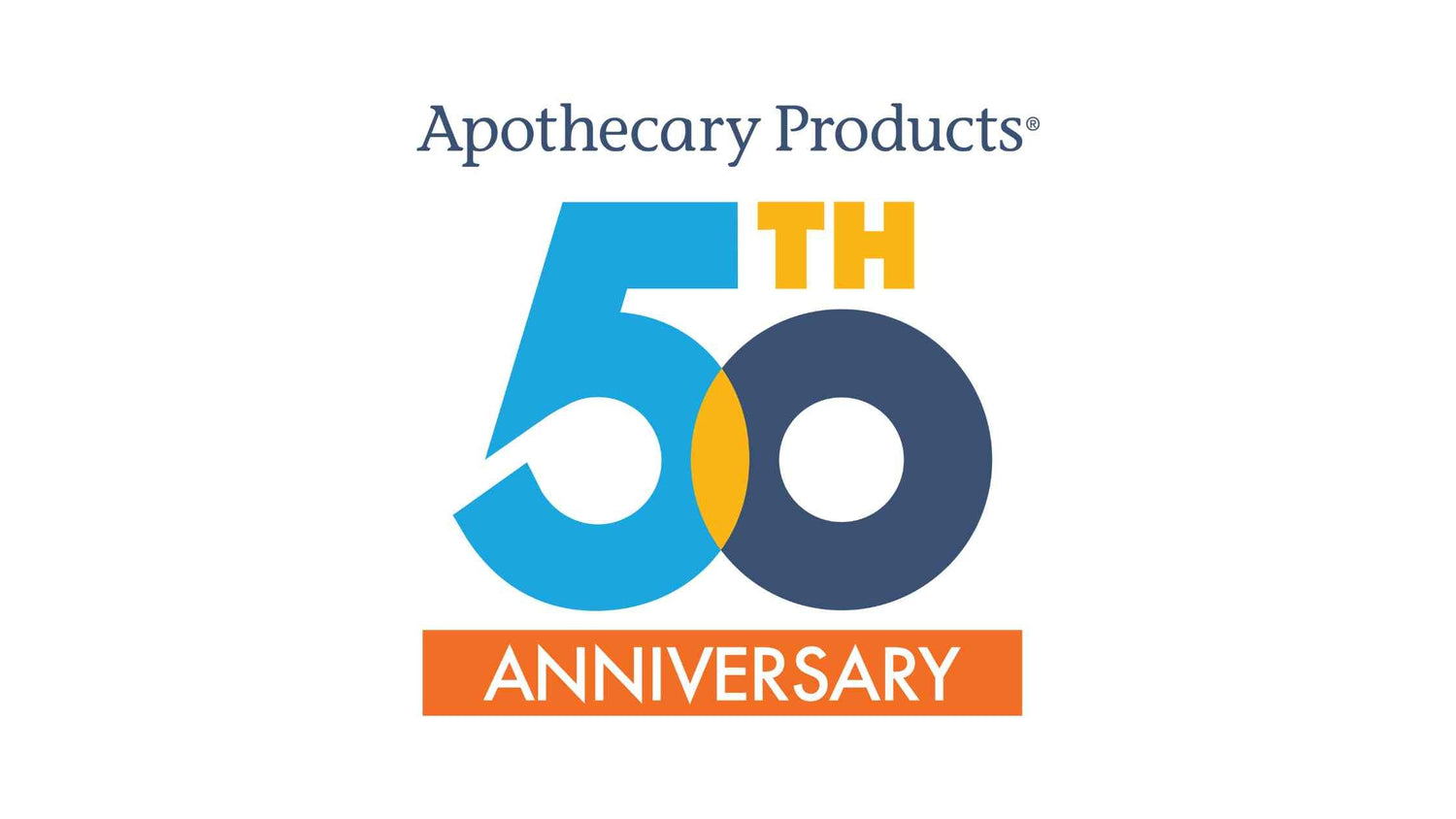When it comes to products you keep on the shelves, it’s easy to look first at the most popular, highest grossing, and what’s trending upwards. But another type of item to keep in mind for your customer: the ones that they need — even if they don’t know it yet. The ones that can help them administer oral medicine in the right doses. The ones that help parents get dosing right and avoid medication errors.
It has been reported that there is, on average, an at-home children’s medication error every eight minutes in the U.S. These mistakes can be harmful or even life-threatening, depending on the medicine and the dose. Around 90% of the country’s 300,000 yearly medication errors that are reported occur at home.1 Among the reasons for these errors are giving the wrong dose of medicine. Overdoses can cause reactions like vomiting, diarrhea, dizziness, flushed skin, rapid heartbeat, and more.
For far too long, a majority of parents have been administering liquid oral medicine incorrectly. In a study done by the American Academy of Pediatrics, it was found that over 80% of parents made at least one dosing mistake when it came to their children’s medicine, with nearly 30% of them making a “large” error, meaning that they gave at least two times the prescribed dose.2
Part of the reason for this? There is a widespread lack of education on the correct way to administer oral liquid medications. In addition, we understand that it can be hard for a parent to remember every detail of their doctor’s instructions at any given visit — especially if they have multiple children being seen at once. Administering medicines incorrectly leads to health and safety issues and medicines not working as they should.3
But what does all of that have to do with you? It provides a large opportunity to capture these parents as customers by providing a tool that helps them with correct dosing. Part of the problem with oral medicines is that parents use a regular kitchen spoon for dosing. Upwards of 75% of people opt for a spoon from their cutlery drawer when they see that they need one teaspoon of medicine.3 When they read “1 teaspoon” on the medicine bottle, they think that a kitchen spoon will do. However, kitchen spoons come in many different sizes — anywhere from 1/2 teaspoon to 2 teaspoons.4 While kitchen measuring spoons are accurate, they are hard to take a dose from because they spill easily.
An oral syringe and a medicine dropper are two accurate and easy-to-use products and are often the top recommendations. Medicine spoons as well as medicine cups for older children also work well.
So, how can you help parents while also looking out for yourself? Here are a few options on how to help educate parents on proper medicine dosing.
- Use images of parents using proper dosing practices, such as an oral syringe or dosing spoon, in any advertisements shown in your store.
- Encourage conversations around dosing options for liquid oral medicines. Liquid medicines sometimes come with a proper dosing tool, but when they don’t, those are common times for parents to reach for an incorrect way to measure instead. When a patient picks up a liquid oral medicine from the drugstore, ensure that they also grab an oral syringe if they don’t already have one.
- If you have a digital video display at your location, show a short video on the unnecessarily high statistics of incorrect dosing and how dosing should be done properly.
- Create materials like brochures and flyers to have readily available. This gives you another opportunity to provide education around correct medicine dosing and adverse side effects of medication errors. It’s also another touchpoint to mention the oral syringes or other products you sell.
- Implement other visual aids like charts or diagrams to place near medicine dosing products that you have for sale.
- Include this kind of information in any digital updates sent from your store — emails, newsletters, text messages, etc.
- Implement an interactive element, displaying a QR code or short link in the store that leads to an online digital flyer or educational video.
- If you have a relationship with any local healthcare providers or hospitals, work with them to help endorse the use of the correct tools.
Remember to keep messaging clear, concise, and simple to understand when promoting the correct oral medicine dosing options. When creating digital messaging, any kind of visual aids are great to add with text as they can make information easier to understand. Diagrams on how to measure and administer medicines may seem simple to you, but the simplicity of it may be just what someone needs to fully understand the process and keep them from making errors.
There’s no way to eliminate all errors when it comes to oral medicine dosing. However, many medication errors are easily avoidable and can prevent injury to the patient. Providing education and communication around dosing practices is one way that you can help in collaboration with doctors to get the right medicines and the right doses to patients. Help keep patients safe by avoiding medicine errors, as such errors can result in hospital visits, increased patient cots, and a higher mortality risk, among others.5
While you’re certainly not part of the problem in medicine dosing errors, you can help be part of the solution. Keep customer and patient safety and their needs in mind when keeping important pieces such as oral syringes and medicine droppers on hand. Foster communication and implement ads and marketing around this important topic to help with people getting the right doses of their medicines.
References
- UC Davis Health Every 8 minutes, a child experiences a home medication error. Here’s how to prevent it. https://health.ucdavis.edu/news/features/every-8-minutes-a-child-experiences-a-home-medication-error-heres-how-to-prevent-it/2023/10
- American Academy of Pediatrics Pictograms, Units and Dosing Tools, and Parent Medication Errors: A Randomized Study. https://publications.aap.org/pediatrics/article-abstract/140/1/e20163237/37975/
- National Library of Medicine Correct administration aid for oral liquid medicines: Is a household spoon the right choice? https://www.ncbi.nlm.nih.gov/pmc/articles/PMC9986283/
- Medline Plus Liquid medication administration. https://medlineplus.gov/ency/article/002209.htm
- National Library of Medicine Medication Dispensing Errors and Prevention. https://www.ncbi.nlm.nih.gov/books/NBK519065/





